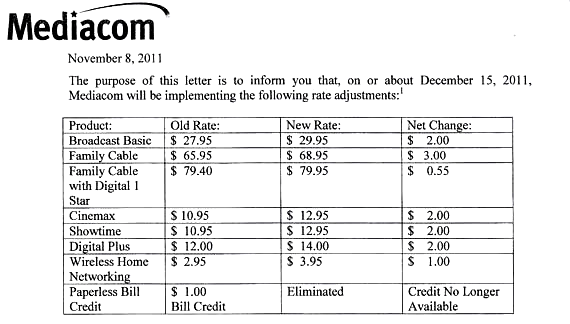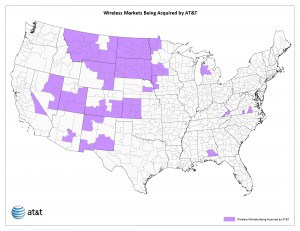An Atlanta grandmother got the shock of her life when she called Comcast to activate her new cable box. When she called the number Comcast printed on her equipment receipt, she reached an adult sex chat line instead.
“I really got upset, extremely upset. I just like hung up the phone and I had to call my husband in to call again because I thought maybe I’d made a mistake,” Dora Nopple told an Atlanta TV station. “I just couldn’t believe that a company as large as Comcast is not aware of what they’re putting on receipts for their customers to call.”
Sure enough, when a reporter from WAGA-TV dialed the number on the bottom of her receipt, a porn line answered the call.
A Comcast spokesperson immediately apologized.
“Comcast sincerely apologizes to our customer who called the number typed on their receipt and was unexpectedly connected to an adult phone service,” the Comcast statement reads. “This was simply a human error resulting from a temporary employee who inadvertently typed an 800 number prefix for what should have been an 888 prefix.”
Comcast believes the error was a one-time event, limited to that single customer. Perhaps, but Comcast’s past track record has exposed other customers to heavy breathing sex operators. In October 2009, Comcast mailed thousands of postcards to Harrisburg, Penn. customers advertising an upgrade of HBO On Demand. But when callers dialed the 800 number to order the new HD channel, they ended up on a phone sex hotline instead.
[flv width=”360″ height=”290″]http://www.phillipdampier.com/video/WAGA Atlanta Wrong Number Leads to Phone Sex Line 11-30-11.mp4[/flv]
WAGA in Atlanta spoke with Dora Nopple about her unwelcome phone call to Comcast customer service to activate her new cable box. She reached an adult porn line instead. (2 minutes)


 Subscribe
Subscribe





